There was a beautiful moment before the post-match press conference of the Hockey India League (HIL) winners Kalinga Lancers and runners-up Dabang Mumbai. Lancers captain Moritz Fuerste was coming in to meet the media. Mumbai skipper Florian Fuchs was just about to leave. In the passageway, both the Germans embraced warmly. They briefly chatted in their native tongue and embraced again as Fuchs left.
To those looking for clues as to whether the HIL has evolved or not, this was quite a compelling picture. It gets more fascinating as both the finalists have Germans as captains. To complete the picture that HIL is a global phenomenon, the coaches are both Australian and legendary strikers in their heyday.
Global is the path that Indian hockey has chosen in its arduous climb back up the rankings. No other hockey league in the world has so many diverse players turning out. Money, of course, is a consideration, but the quality of the league and that it is being played in a part of the world where hockey is still a major sport (apart from the Netherlands) means a lot to the overseas players. Moritz, with a pedigree of two Olympic gold medals (2008 and 2012), and a World Cup title (2006) said, “Yes, the money is attractive. But it’s the joy of playing in this league and the hospitality which are the main factors. We love playing in India.” It will be a minor shock if Bhubaneshwar doesn’t adopt him as a son and make him brand ambassador for Odisha tourism in Germany!
However, the bigger question is whether the league is helping Indian players to develop, especially the younger lot. Since 2013, the league has definitely improved. One can point to the 2016 Junior World Cup win and say, “Well, here is the proof.” But that would be taking the easy route to prove that a hockey league will put India back among the world’s elite.
Kalinga Lancers coach, Mark Hager, takes the cautionary road. Winner of a bronze medal at the 1996 Atlanta Olympics, Hager says, “The junior Indian players will take time to learn. And it is too early to expect that a league will suddenly enrich the coffers with talent flowing through. It’s a great learning experience for the Indian boys and it’s the long road that ultimately pays off.”
Mentor of the Kalinga Lancers, Indian captain at the 2004 Athens Olympics, Dilip Tirkey, feels that playing with someone like Moritz is invaluable. “Did we ever have a chance of playing match after match knowing that apart from the coach a double Olympic gold medallist will point out my mistakes after the game? And that I will get a chance to rectify it in the next match under his guidance?”
It does rub off on players like Dipsan Tirkey who was the vice-captain of the World Cup-winning junior side. Slightly shy, Dipsan says he is in awe of Moritz. “He is a double Olympic gold medal winner,” he stutters. “In an earlier match in Bhubaneshwar, I did the mistake of not looking up and seeing which player was in a better position and I passed parallel. It wasn’t a bad move but movement upwards could have resulted in a better attack. In the break, while going off the ground, he pointed out the error and I rectified it in the third quarter.”
In earlier times, junior players have either been fast-tracked into the senior sides or they have just vanished with no stage to flaunt their skills or even improve. Delhi Wave Riders coach Cedric D’Souza, India coach at the 1994 World Cup and 1996 Atlanta Olympics feels that the league is a gift. “Raising playing levels takes time and you need the big stage to sometimes showcase your improvement,” he says. “Earlier, you had the domestic tournaments and sometimes even if you played well, there was no one to see it. But you have all the available talent in one place and matches to improve and steadily go up.”
The biggest takeaway is also the diverse coaching that the boys get. From the likes of Hager, who loves playing wide (who wouldn’t with Moritz controlling the midfield), to Jay Stacy’s wave-like attacks, beautifully controlled by Fuchs to the structured approach of a Barry Dancer (this season seems to be an aberration) to Roelant Oltmans, who uses a lovely two-pronged attack with balls rolling in from the flanks (Akashdeep Singh’s fluid runs a joy), to watching D’Souza’s strategy of going without a controlling midfielder and with huge amounts of space given away, to Harendra Singh playing his continental style (though Ranchi Rays suffered because of a misfiring Ashley Jackson and not so fully fit Birendra Lakra), there was a lot of variety on offer.
It was literally a case study on how to keep educating your players with some of the best coaches in the business. Imagine an Affan Yousuf getting a lesson in goal-poaching from a great of the sport – attacking midfielder Stacy, who played four Olympics, picking up three medals. Affan’s contribution to Mumbai reaching the final: nine goals.
The truth is also that most of the youngsters with an eye on breaking into the senior Indian squad don’t have the requisite power, strength or vision yet. Skills can take you only that far. Former World Cupper, Sukhbir Singh Grewal, one of the few players creating hockey players out of academies in Punjab, feels winning a junior World Cup doesn’t mean the next stop is the senior World Cup.
“It’s the perfect way of killing a player,” he feels. “The league has shown that these juniors would need at least two-three years to reach a level where they can own the pitch in a top level senior tournament. Till then, keep them in the development stage. The league is wonderful because you know where the players have reached. Now support them and ensure that they go step by step.”
Unfortunately, Indian hockey doesn’t have a development programme where a second Indian side can be created to tour Europe or Asia and play A-level tournaments. The issue is also about the number of players. Put the senior and junior team aside and suddenly you realise there are no players left. Finding 40 players in the entire country seems stressful. “Now, you know?” answers Grewal. “If you take a wider view, you need to revive university hockey and ensure that players are coming from grassroots. The league alone will not be able to provide players to the national side.”
For the first time since the league began in 2013 when Mandeep Singh was the second highest scorer with 10 goals, two Indian forwards are back in the top four goal scorers’ list; Akashdeep (UP Wizards) with 10 goals and Yousuf (Dabang Mumbai) with nine goals. It’s an indication of a change in mindset with probably so much emphasis on getting field goals that it gives teams two goals for every strike. But yet, after five seasons, an Indian player is yet to dominate a final and take the Man of the Match award. The previous winners are Moritz (RR, 2013); Nicolas Jacobi (DWR, 2014); Tyler Lovell (RR, 2015); Mark Knowles (JPW, 2016) and Moritz (KL, 2017) yet again. Raising your level in a final is still not an Indian strength.
In the end, Moritz, now the statesman-like figure of the league, warned the Indian media from putting too much pressure on the juniors. “Give them time to develop,” he said. “They will commit mistakes because they are juniors. It will take three-four years for them to develop. They have to learn. Indian hockey is doing well and if they keep improving, they would be in the top three in 10 years’ time.” Oltmans who would now start the preparation for the 2018 World Cup wouldn’t be too excited about the timeline, but would definitely, grudgingly, acknowledge the former German captain’s ordainment. It’s usually empty rhetoric when we fling positive vibes at each other. Seen through a double Olympic gold medallist’s eyes, the landscape appears somewhat different.


)




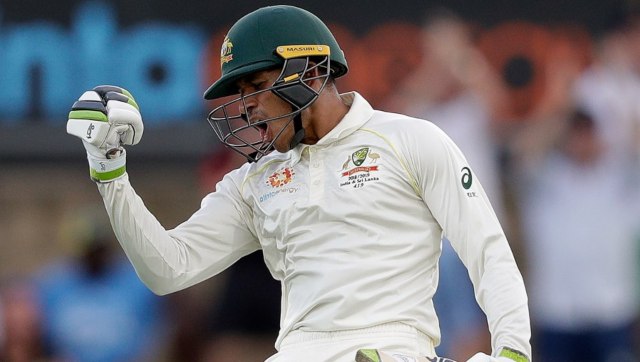)
)
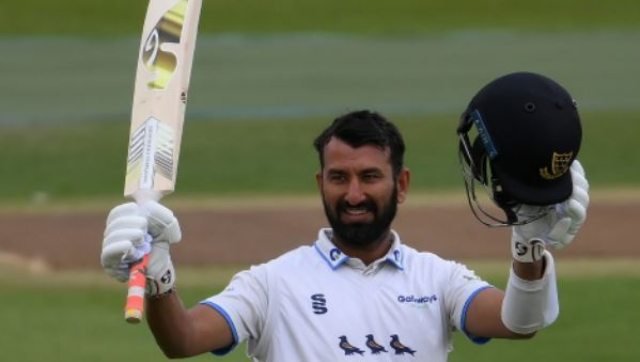)
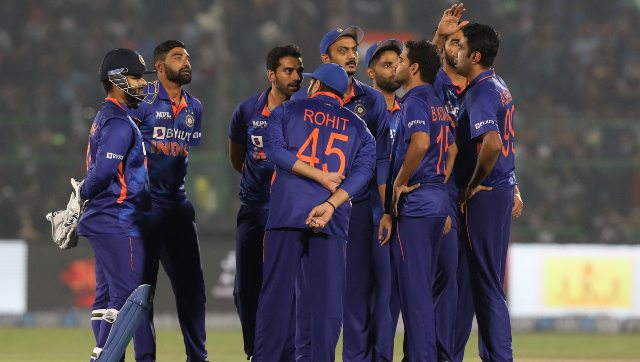)
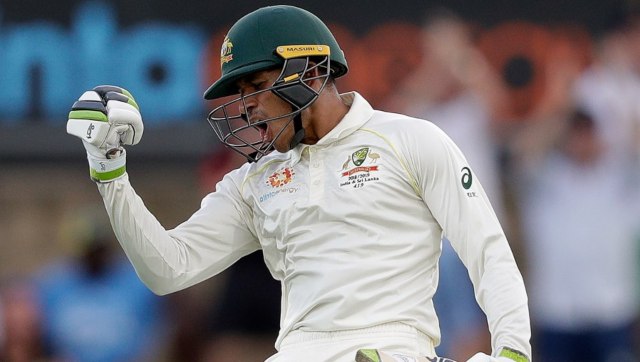)
)
)
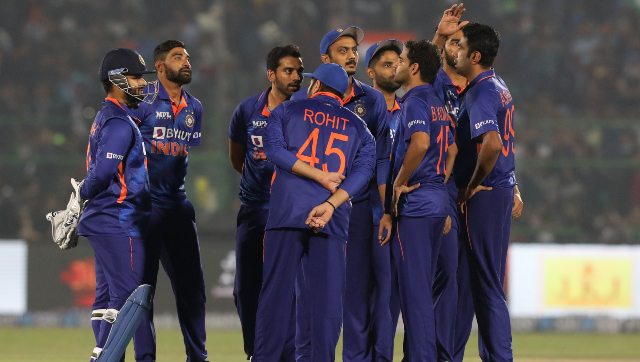)